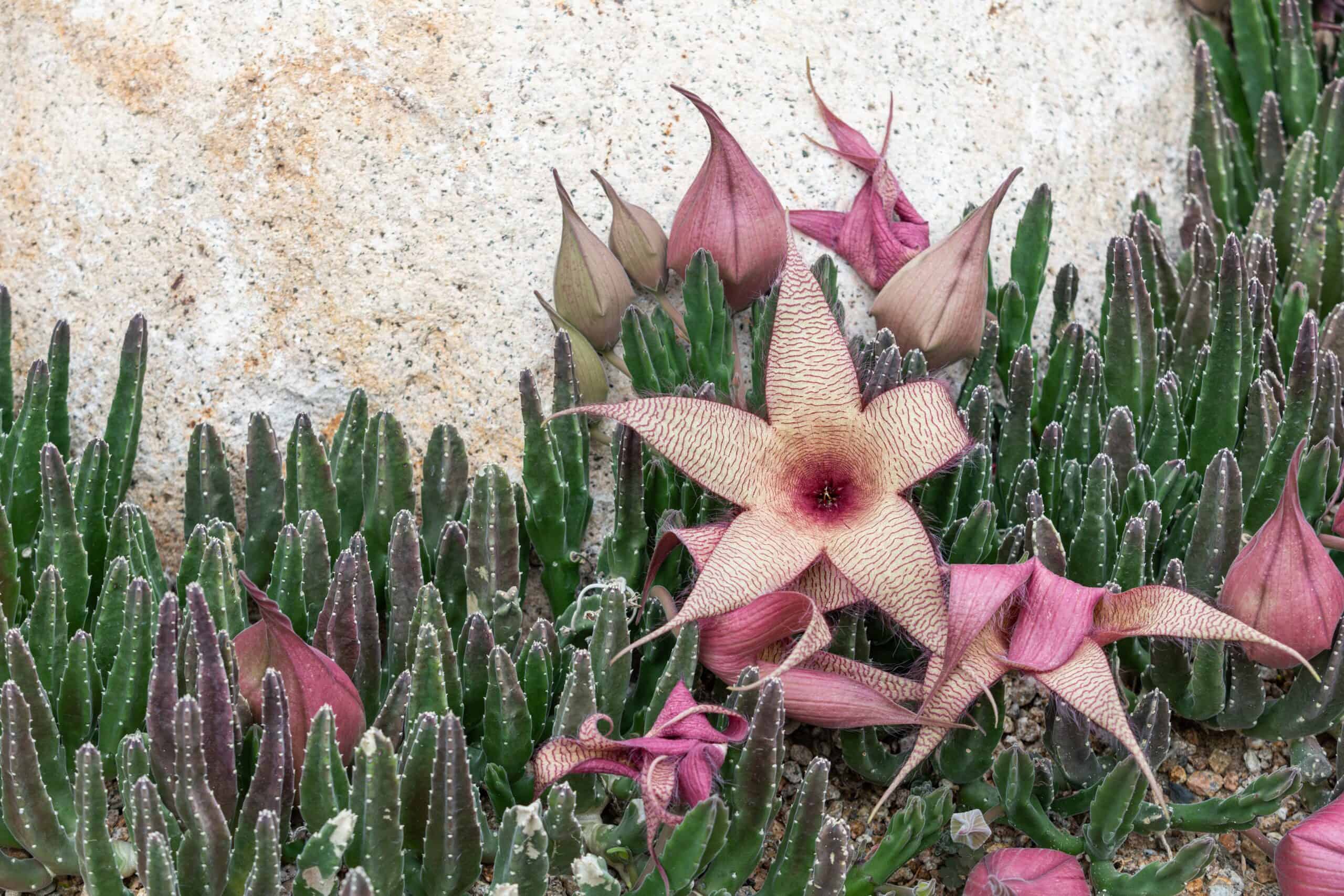Survival in the wild is no small feat, and some animals have developed extraordinary skills to thrive in their environments. Whether it’s enduring extreme temperatures, regenerating lost limbs, or evading predators with clever tactics, these species have adapted in remarkable ways. In this article, we explore 15 animal species with survival skills that are as fascinating as they are effective, showcasing the incredible diversity of life on Earth.
Tardigrade (Water Bear)
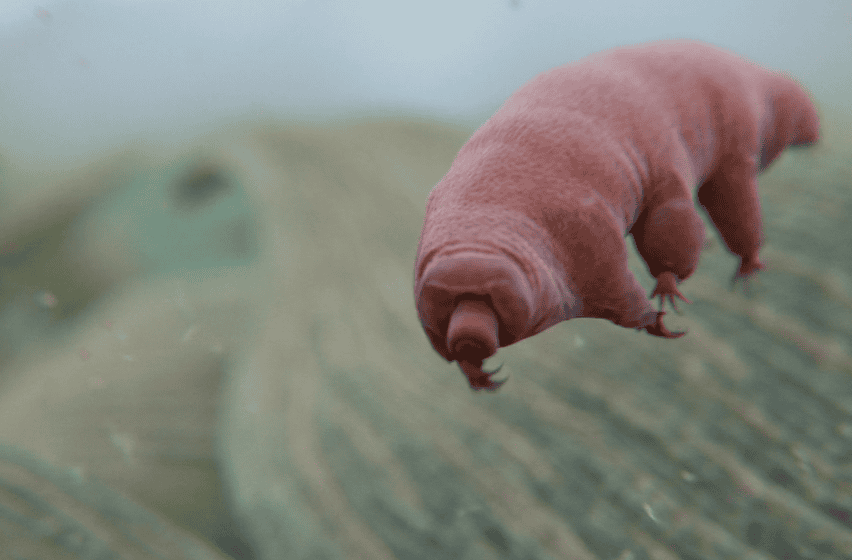
Tardigrades, also known as water bears, are microscopic creatures famous for their incredible resilience. These tiny animals can survive extreme temperatures, from freezing cold to boiling heat, and even endure the vacuum of space. They achieve this by entering a state called cryptobiosis, where their metabolic activities nearly cease, allowing them to withstand harsh environments. Tardigrades can also survive high levels of radiation that would be lethal to most other life forms. Their remarkable survival skills have fascinated scientists and made them a symbol of extreme endurance.
Arctic Fox

The Arctic fox is a master of adaptation, thriving in one of the planet’s most inhospitable environments. With its thick fur that changes color with the seasons, the Arctic fox is well-camouflaged against predators and prey alike. This animal has a keen sense of hearing, capable of detecting small mammals like lemmings beneath the snow. In addition to hunting, the Arctic fox is an opportunistic scavenger, often following polar bears to feed on leftovers. Their ability to survive in such harsh, freezing conditions is a testament to their extraordinary survival skills.
Axolotl
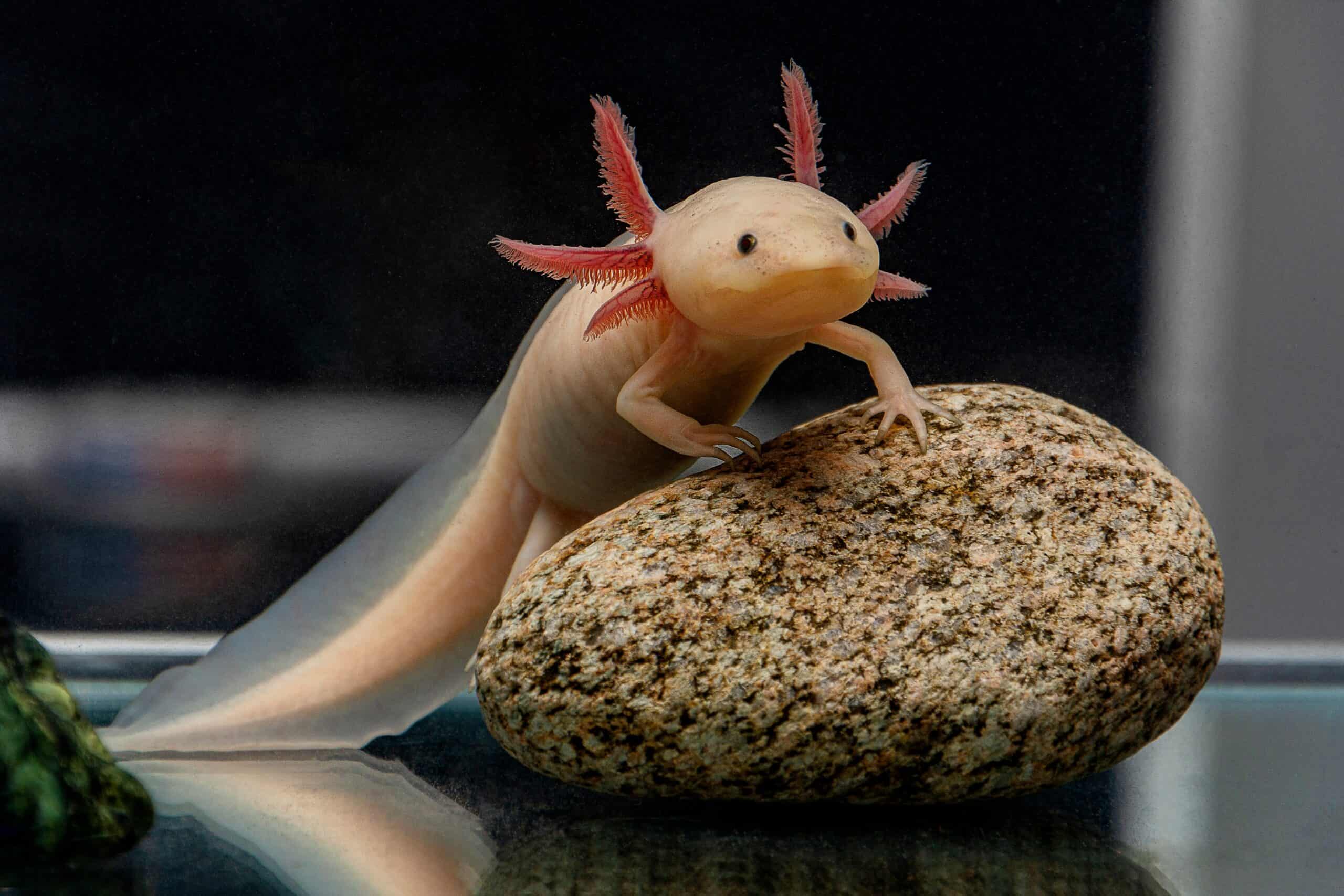
The axolotl, a type of salamander, is famous for its remarkable regenerative abilities. Unlike most animals, the axolotl can regrow entire limbs, spinal cords, hearts, and even parts of its brain. This regenerative power allows it to survive injuries that would be fatal to other species. Axolotls also remain in their larval stage throughout their lives, a process called neoteny, which helps them adapt to their aquatic environment. Their unique biology makes them a fascinating subject of study in regenerative medicine.
Cockroach
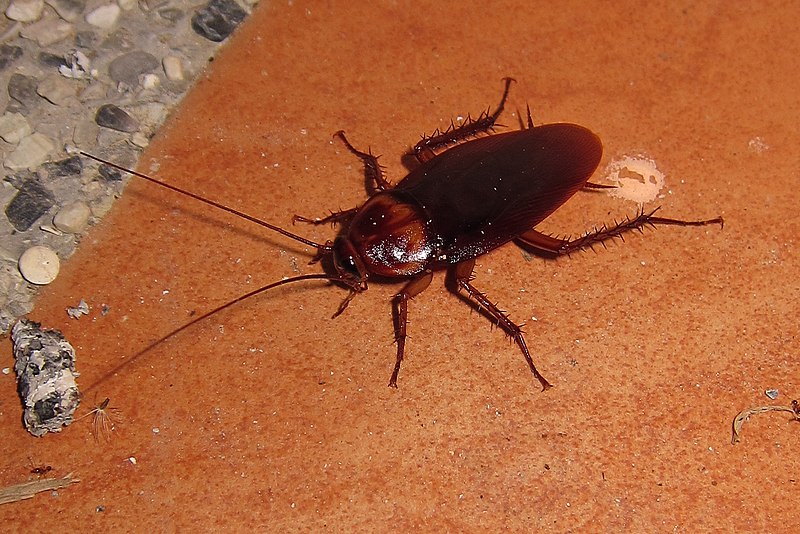
Cockroaches are often considered pests, but their survival skills are nothing short of extraordinary. They have been around for over 300 million years, adapting to a wide variety of environments. Cockroaches can survive without food for up to a month and can withstand significant amounts of radiation. Their flat bodies allow them to squeeze into tiny crevices, making them difficult to eradicate. Their resilience and adaptability have earned them a reputation as one of the toughest survivors in the animal kingdom.
Octopus

Octopuses are highly intelligent creatures with a unique set of survival skills. They can change the color and texture of their skin to blend into their surroundings, effectively becoming invisible to predators. When threatened, octopuses can release a cloud of ink to obscure the predator’s view, giving them time to escape. They are also capable of regenerating lost arms, ensuring they can continue to hunt and defend themselves. Additionally, their problem-solving abilities and use of tools demonstrate a level of intelligence that aids in their survival.
Polar Bear
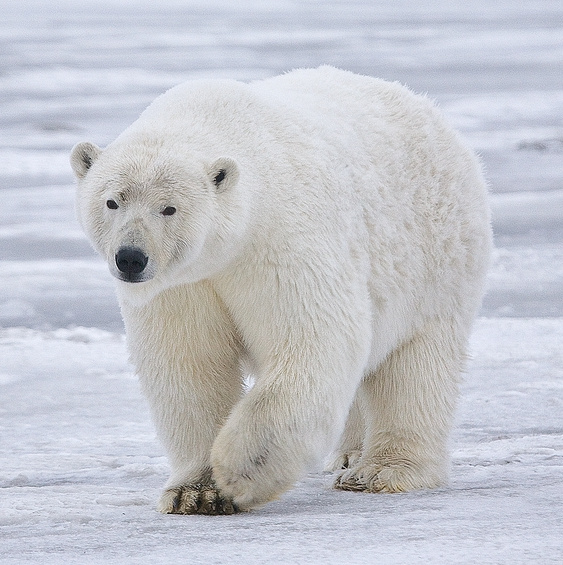
The polar bear is the apex predator of the Arctic, perfectly adapted to its icy environment. Its thick layer of blubber and dense fur insulate it from the cold, while its large paws allow it to walk on ice and swim long distances in search of food. Polar bears have an exceptional sense of smell, capable of detecting seals nearly a mile away and beneath several feet of compacted snow. Despite the harsh conditions of their habitat, polar bears are highly effective hunters. Their ability to thrive in such extreme environments is a testament to their extraordinary survival skills.
Komodo Dragon
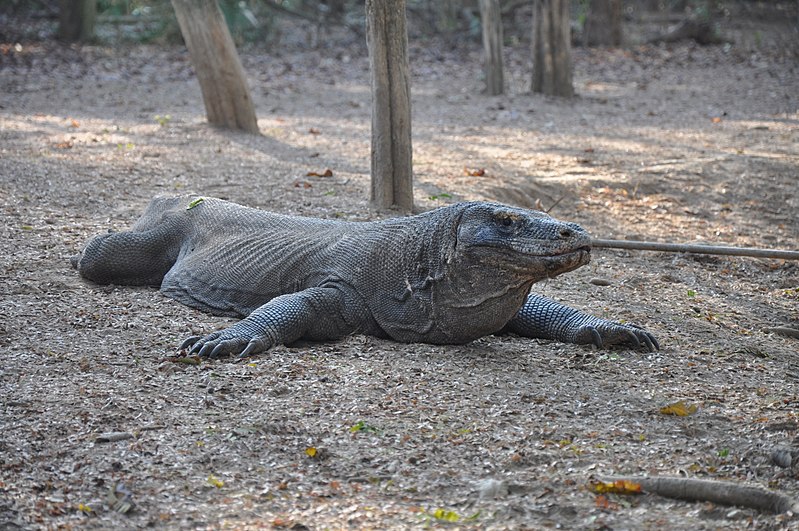
The Komodo dragon, the largest living lizard, possesses an array of survival adaptations that make it a formidable predator. Its saliva contains toxic bacteria and venom, which can incapacitate its prey through a combination of blood loss and infection. Komodo dragons have powerful limbs and sharp claws, allowing them to tackle large prey such as deer and water buffalo. They are also capable of going for long periods without food, surviving on infrequent but large meals. Their status as apex predators in their ecosystem is a direct result of these extraordinary survival traits.
Crocodile
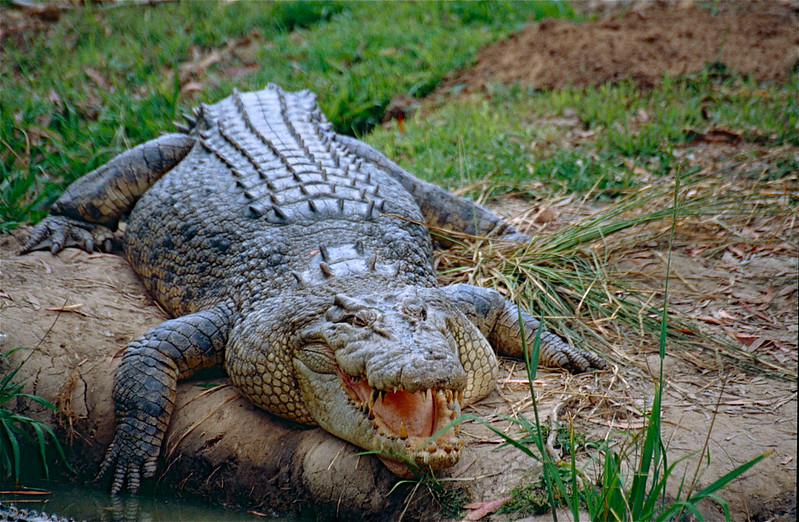
Crocodiles are ancient reptiles with survival skills honed over millions of years. They have powerful jaws capable of exerting one of the strongest bites in the animal kingdom, allowing them to capture and hold onto prey. Crocodiles can slow their metabolism, enabling them to survive without food for months. Their tough skin provides protection against both predators and the environment, while their ability to stay submerged and motionless for extended periods makes them effective ambush predators. These traits make crocodiles some of the most efficient and durable survivors in the wild.
Chameleon
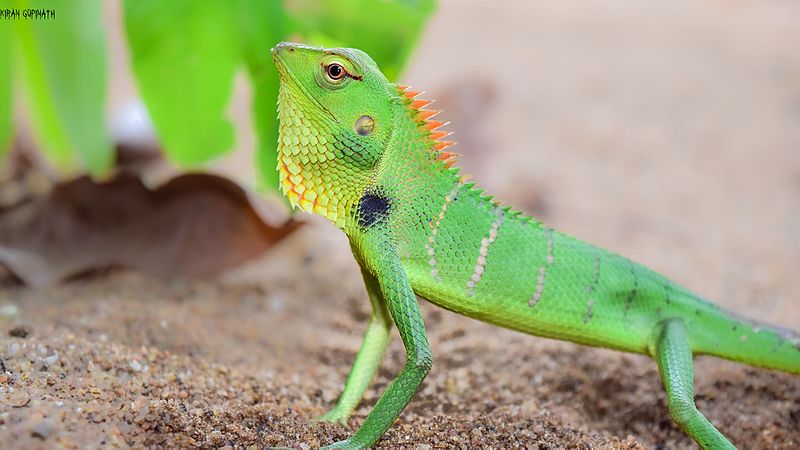
Chameleons are known for their ability to change color, a skill that aids in both communication and camouflage. Their eyes can move independently, allowing them to observe their surroundings for predators and prey simultaneously. Chameleons also have long, sticky tongues that can rapidly extend to capture insects from a distance. Additionally, their zygodactylous feet and prehensile tails provide them with excellent grip, making them adept climbers in their arboreal habitats. These combined abilities ensure their survival in a variety of environments.
Desert Scorpion

Desert scorpions are well-adapted to survive in some of the harshest environments on Earth. They can withstand extreme temperatures, both hot and cold, and can go without food for up to a year by slowing their metabolism. Desert scorpions have a tough exoskeleton that reduces water loss, crucial for surviving in arid conditions. Their venomous sting is used both for hunting and defense, making them effective predators despite their small size. These survival strategies make desert scorpions formidable inhabitants of their extreme habitats.
Antarctic Icefish
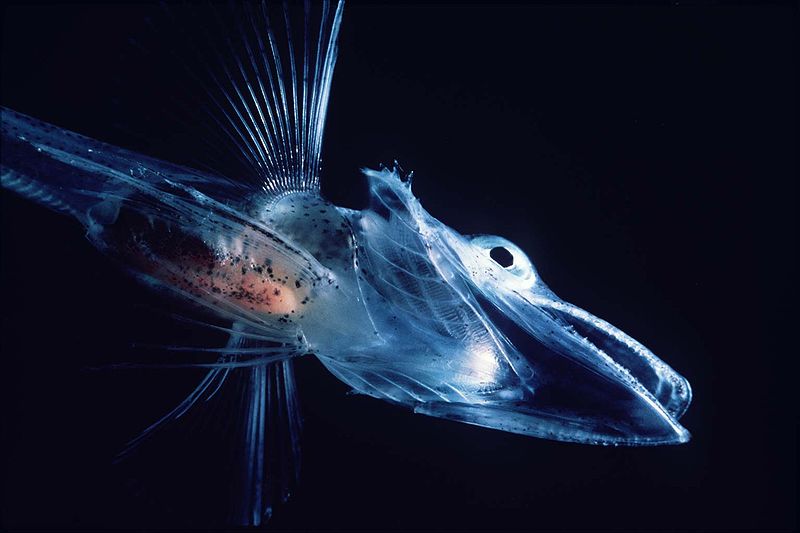
The Antarctic icefish thrives in the freezing waters of the Southern Ocean thanks to its unique physiological adaptations. It has antifreeze proteins in its blood that prevent ice crystals from forming, allowing it to survive in temperatures that would be lethal to most other fish. Icefish also lack hemoglobin, giving their blood a distinctive clear color and enabling them to absorb oxygen directly through their skin. This adaptation is vital for survival in oxygen-poor, cold environments. The Antarctic icefish’s specialized biology showcases nature’s ability to evolve survival mechanisms under extreme conditions.
Honey Badger

Honey badgers are renowned for their fearless and tenacious nature, which is backed by impressive survival skills. They possess tough, loose skin that allows them to twist and turn even when grabbed by a predator, making it difficult for an attacker to maintain a grip. Honey badgers are immune to many types of venom, including that of snakes, which they hunt and eat regularly. Their strong jaws and sharp claws enable them to dig burrows quickly and access hard-to-reach prey. These attributes make the honey badger one of the most resilient and formidable animals in the wild.
Camel
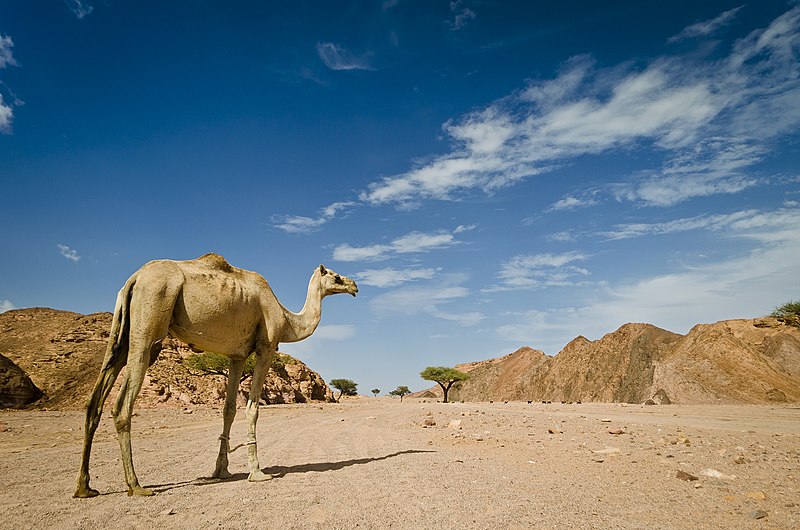
Camels are perfectly adapted to life in some of the most arid environments on the planet. They can survive for weeks without water by efficiently conserving it and by withstanding significant dehydration. Camels have a unique ability to endure extreme heat during the day and cold temperatures at night. Their humps store fat, which can be metabolized for energy and water when resources are scarce. These adaptations have allowed camels to become the quintessential survivors of the desert.
Opossum
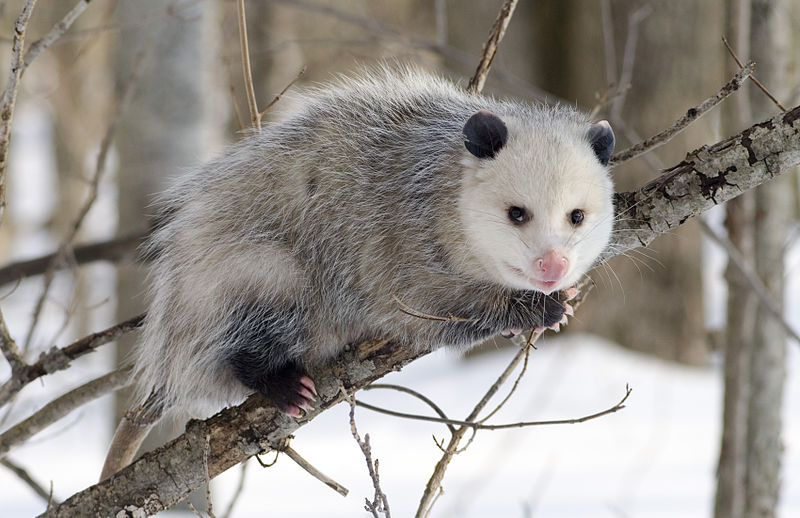
Opossums are North America’s only marsupials and are equipped with a range of survival tactics. When threatened, they can play dead, a behavior known as thanatosis, which can deter predators looking for live prey. Opossums have a robust immune system, which includes partial immunity to snake venom, allowing them to survive encounters with venomous snakes. They are also scavengers, which helps them thrive in various environments by feeding on a wide range of food sources. These survival skills make opossums adaptable and resilient animals.
Emperor Penguin
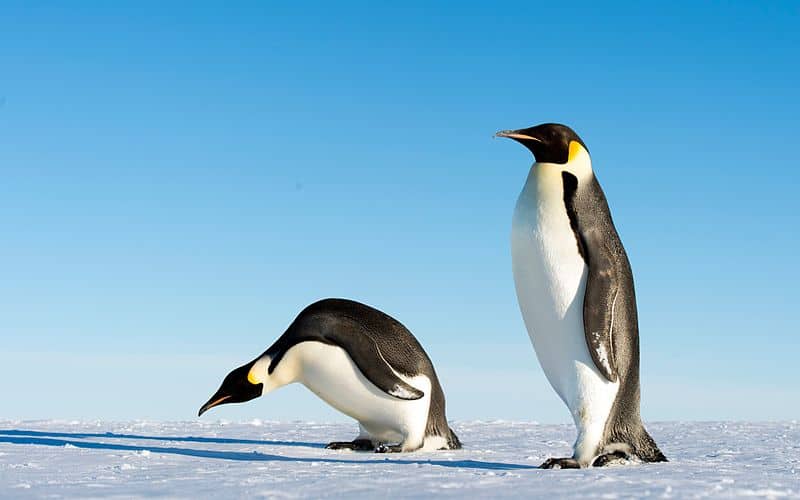
The emperor penguin is uniquely adapted to survive the harsh conditions of Antarctica, where temperatures can drop below -60°C (-76°F). These penguins huddle together in large groups to conserve heat during the brutal winter, a behavior critical for their survival. They have a layer of fat and dense feathers that provide insulation against the cold. Emperor penguins can also dive to depths of over 500 meters (1,640 feet) in search of food, holding their breath for up to 20 minutes. Their remarkable endurance and adaptability ensure they thrive in one of the most extreme environments on Earth.
This article originally appeared on Rarest.org.
More From Rarest.Org
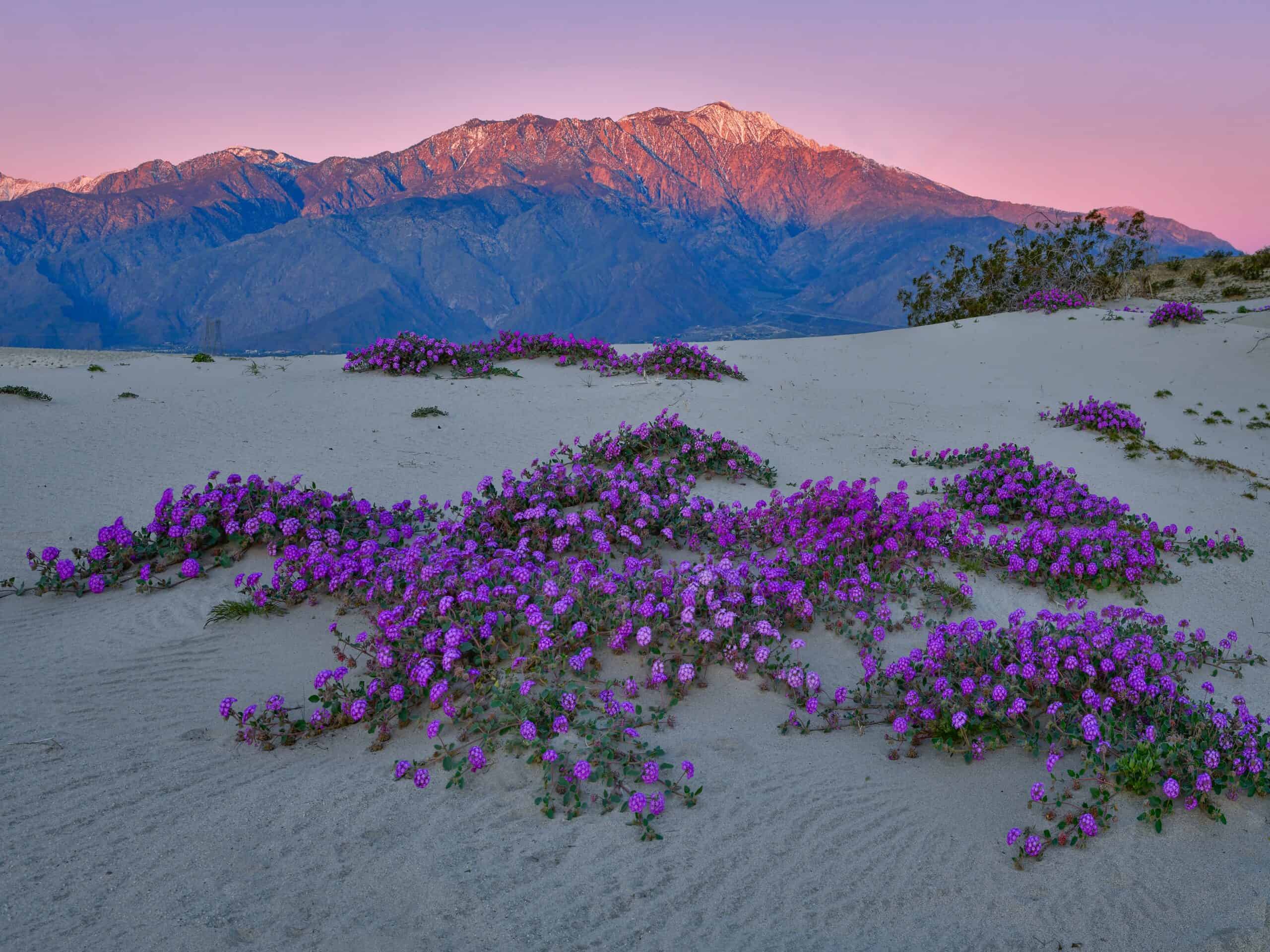
Desert landscapes are often seen as barren and lifeless, but they are home to some of the most vibrant and resilient wildflowers. These hardy blooms thrive in harsh conditions, adding splashes of color to arid terrains. Read more.
Succulents are popular for their unique shapes, colors, and low maintenance. But beyond the familiar varieties, there are some truly stunning and lesser-known types that deserve attention. Read more.
Crafts are an essential part of cultural heritage, reflecting the history and traditions of a region. Across the globe, people have developed unique skills and techniques, creating beautiful and meaningful objects. Read more.

